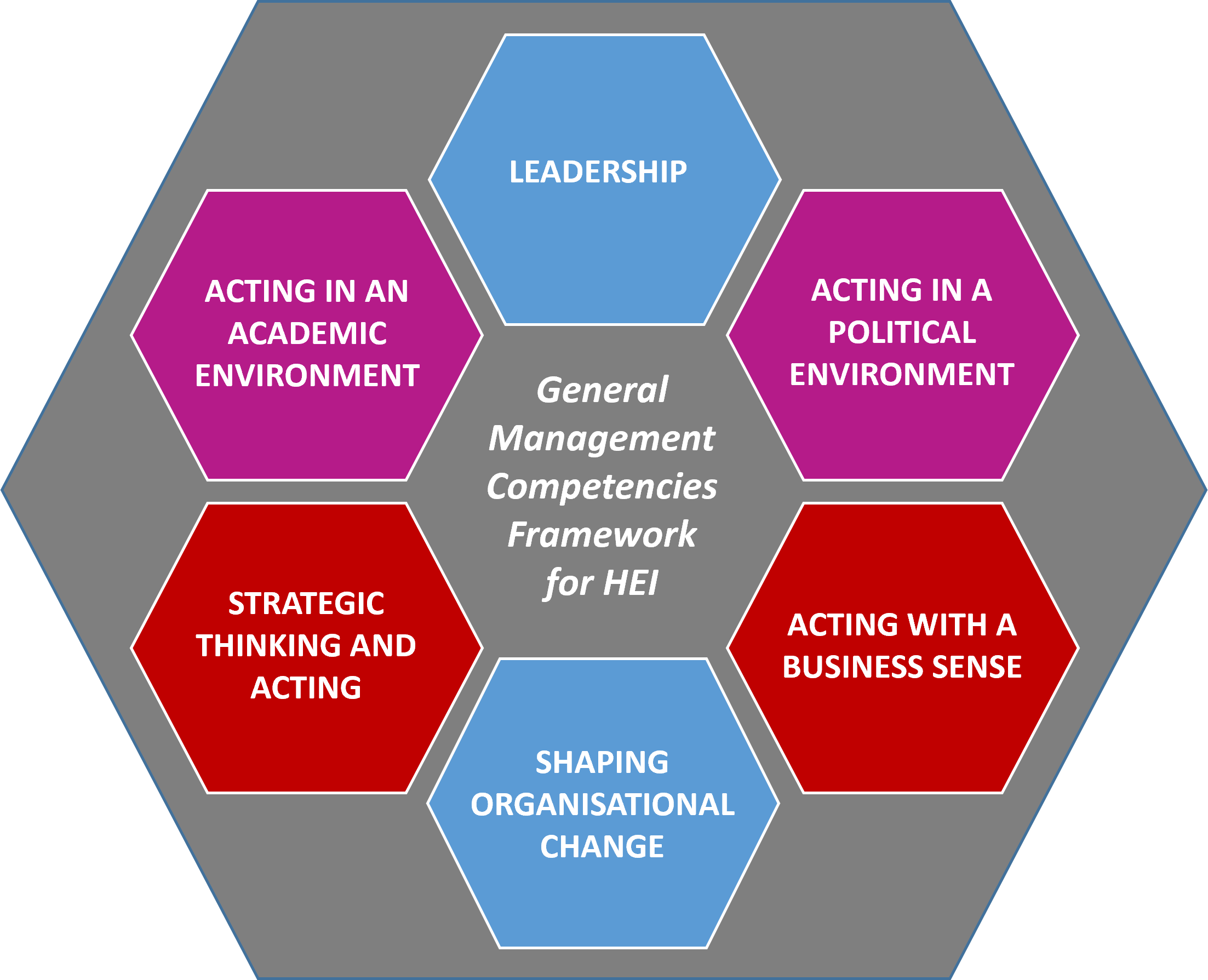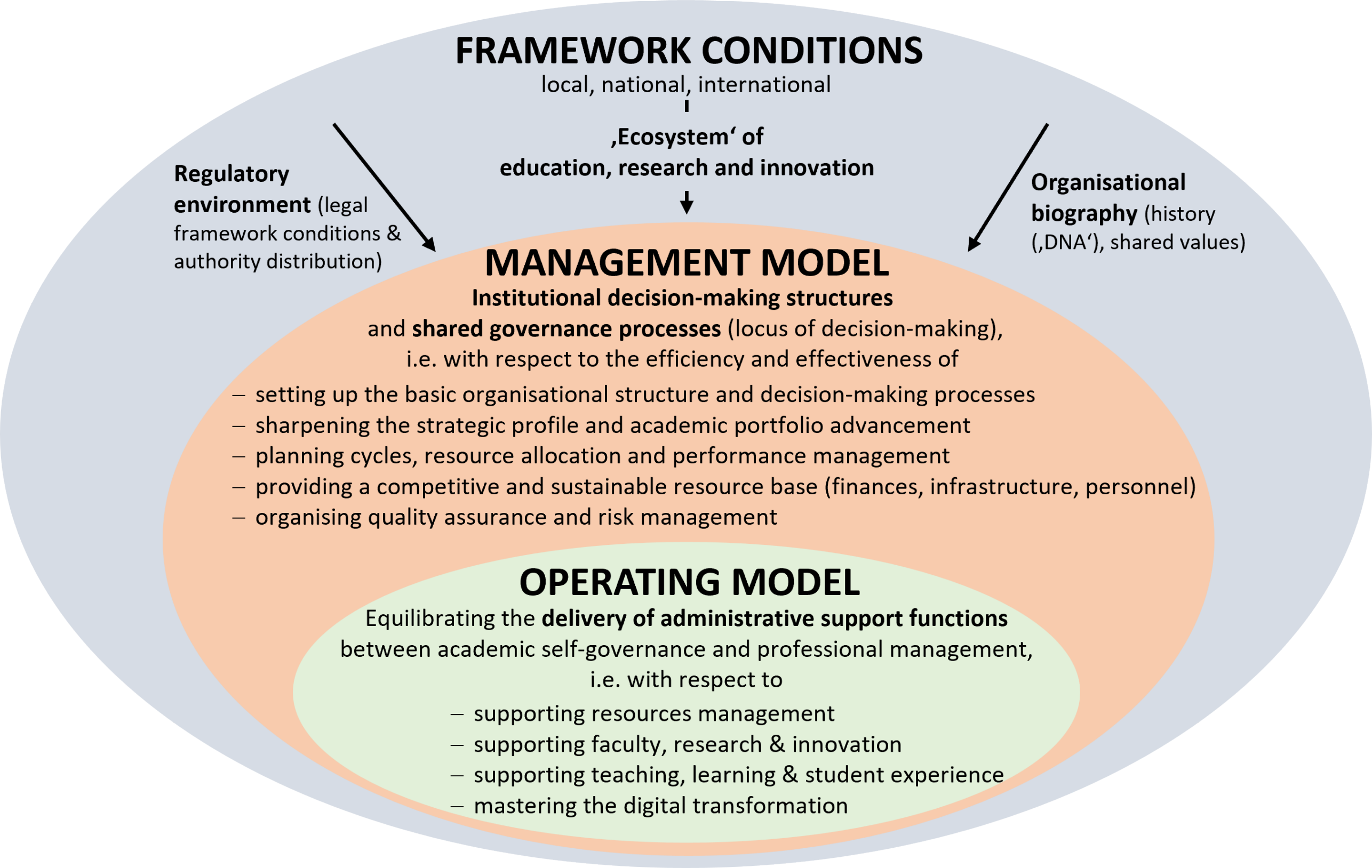Research
The landscape of higher education is evolving, driven by heightened expectations from both internal and external stakeholders. This shift has underscored the necessity for higher education leadership to adopt a more professional approach. Within this scenario, two predominant career trajectories emerge for individuals in leadership roles at higher education institutions.
The first group consists of individuals with a strong academic background, who may not have formal training or experience in management. The second group includes professionals with a background in management. These individuals have experience in leading and managing organizations but may lack direct experience or a deep understanding of the academic sector’s specific norms and values.
Depending on their chosen career trajectory, managers encounter distinct obstacles and divergent objectives while executing their duties. This variance often stems from disparities in expertise, values, and managerial approaches. To this point, empirical data is scant regarding the essential skills needed for general management roles—those encompassing comprehensive institutional oversight (such as higher education senior leadership) or targeted departmental leadership (for instance, a dean or department head) within higher education institutions. Moreover, there is a lack of clarity on how these competency demands are expected to evolve moving forward.
Against this backdrop, our research initially delves into the educational qualifications and experiential backgrounds of current senior leaders of higher education institutions in Switzerland. Subsequently, we investigate the core management competencies deemed essential for the fulfillment of these leadership roles, both presently and looking ahead. To methodically evaluate these competencies, we have formulated the following model framework:

In conclusion, we explore the strategic challenges deemed crucial by these leaders for managing higher education institutions today, as well as which challenges are expected to rise or decline in significance in the future. To address these inquiries, we are carrying out an online survey involving 472 senior leaders at Swiss higher education institutions. This standardized survey will be complemented in a subsequent phase with qualitative interviews and focus groups. The findings of this study aim not only to contribute scientific insights to bridge an existing research gap but also to offer guidance for the effective administration of higher education institutions and highlight the requirements for forthcoming leadership development initiatives.

The Governance Assessment Model, developed by the team at SSPG, offers a robust framework for analysing the governance structures within higher education institutions. This conceptual model aims to provide detailed insights into three critical areas: the general management practices, key decision-making processes, and the operational model that governs an institution's daily activities. Furthermore, it enables a comparative analysis of governance across different higher education institutions.
The model is structured around an "onion" configuration, composed of three layers, each representing a distinct facet of governance: at its core lies the "Operating Model," surrounded by the "Management Model," and finally enveloped by the "Framework Conditions" layer, which represents the local, national, and international ecosystem for education, research, and innovation.
During his sabbatical periods at EPF Lausanne and the University of Cambridge, Prof. Robert Perich carried out extensive interviews with leaders from both institutions. By applying the Governance Assessment Model, he documented and examined the governance structures of these academic entities. His research revealed marked differences in governance practices between the two, underscoring the unique requirements and challenges each institution encounters in its governance framework.
This research project delves into the significance and structure of both the public and non-profit sectors within Switzerland, leveraging existing data to explore their evolution over the past decade. The study clearly defines the public sector and provides comprehensive data on its scope and impact. However, the non-profit sector presents initial challenges in terms of identification and differentiation from other sectors. A key focus of this investigation is to ascertain the economic activities that hold particular importance within these sectors, as well as those that have experienced shifts in relevance in recent years.
